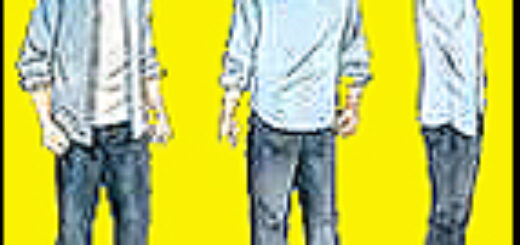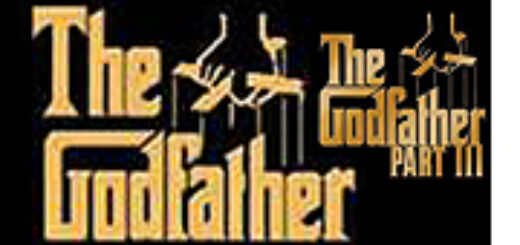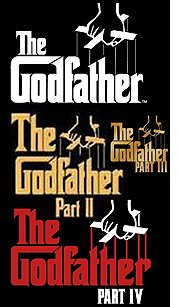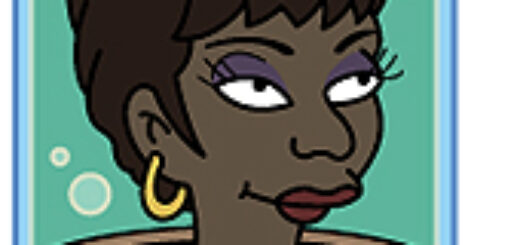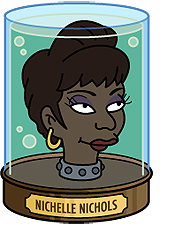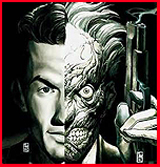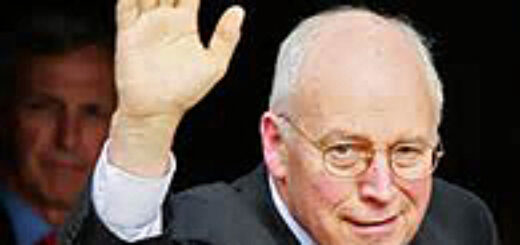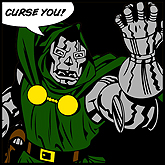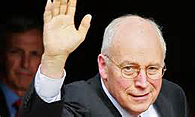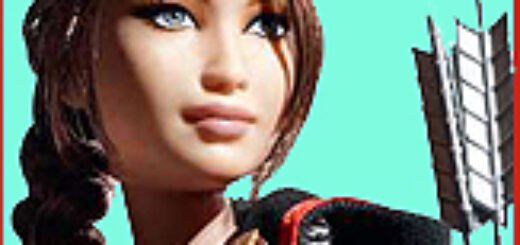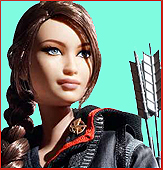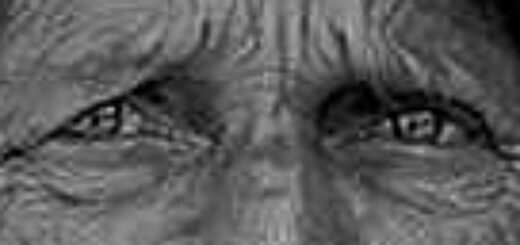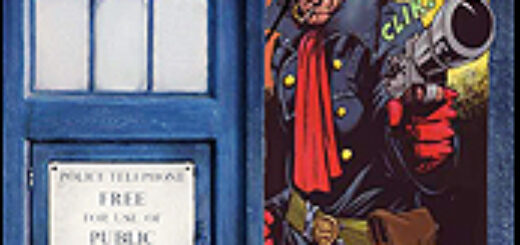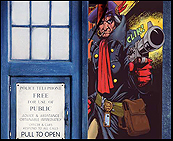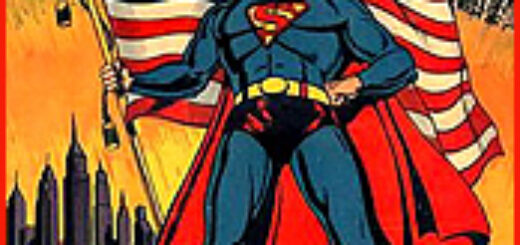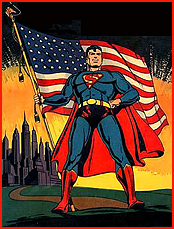John Ostrander: Details, details, details…
 There’s a saying that goes “The devil is in the detailsl, but so is character, whether writing, drawing, or acting. I had the opportunity of teaching at the Joe Kubert School a few times (and the inestimable pleasure of getting to know not only the legendary Joe Kubert but so many others working at the school) and I had the maybe unenviable task of teaching writing to a bunch of art students. Some didn’t take to that right away; after all, they were there to learn how to draw. From talking to some of the graduates over the years, however, I think most found it worthwhile and I enjoyed it.
There’s a saying that goes “The devil is in the detailsl, but so is character, whether writing, drawing, or acting. I had the opportunity of teaching at the Joe Kubert School a few times (and the inestimable pleasure of getting to know not only the legendary Joe Kubert but so many others working at the school) and I had the maybe unenviable task of teaching writing to a bunch of art students. Some didn’t take to that right away; after all, they were there to learn how to draw. From talking to some of the graduates over the years, however, I think most found it worthwhile and I enjoyed it.
For me, everything in comics is about character and storytelling. Design to me means nothing unless it is tied to those two points. I’m not interested in a mask or costume whose design is simply “cool” or its what the artist wants to draw. The character has chosen to make or wear a given mask, costume, or uniform. What does that tell us about him or her? Famously, Batman wants to invoke a bat because criminals are (supposedly) a cowardly and superstitious lot. He wants to invoke fear in them.
One exercise I gave the students was to create their own mask – not for a character but something that would express and freeze some aspect of themself. It would both reveal them and, because it was a mask, it would also conceal them. They were safe behind the mask. It was and was not them.
When the masks were completed, I asked them to wear them. Masks in many societies have power; often, they represent a god and the wearer (supposedly) channels the power of the god. I asked the students to let the mask act upon them; how did they act, how did they feel, how did they move? What – if anything – changed in them?
The purpose was to get them to understand the affects that the masks the characters they wore had upon the characters they were writing and/or drawing. Spider-Man, for example, certainly reacts differently than Peter Parker. Batman, on the other hand, becomes more of who he is when he wears the cowl; his true mask may be Bruce Wayne, as perceived by others.
We do the same thing with what we choose to wear. We say something about ourselves, about who we perceive ourselves to be, of how we want to be perceived by others. Even a careless choice – “whatever is clean” or “whatever I grab” says something. Even if the message being sent out, “I can’t be judged by my clothes; I’m deeper than that.” that is still making a statement. Maybe the message is – I don’t want to be noticed. That is also still a statement. That’s a choice being made and that tells us something about a person – or a character.
What kind of clothes does your character wear? Bruce Wayne may wear Armani; I asked my students if they knew what an Armani suit looked like. Peter Parker is going to shop off the rack. Which rack?
In movies and TV, they have a whole team of people deciding what the rooms look like. Bedrooms, offices, desks, kitchens – depending on the person and what room is most important to them, what are the telling details about them that personalize the space, that say something about the character?
As an actor, I needed to know what my character wore, how he walked, how he used his hands when talking (or did he?). What sort of shoes did he wear? I compared knowing this to an iceberg; the vast majority of the iceberg is under water and only the tip shows. However, for that tip to show, the bulk of the iceberg had to be there. (One of these days I’m probably going to have to explain what an iceberg was.) I have to know far, far more about a character than I’m actually going to use just to be able to pick the facts that I feel are salient to a given moment or story. When Tim Truman and I created GrimJack, we had a whole vast backstory figured out, some of which was revealed only much later; some of it may not have been revealed yet.
Generic backgrounds create generic characters. To be memorable, there have to be details. The more specific they are, the more memorable the character will be. That’s what we want to create; that’s what we want to read.
MONDAY: Mindy Newell
TUESDAY MORNING: Emily S. Whitten

